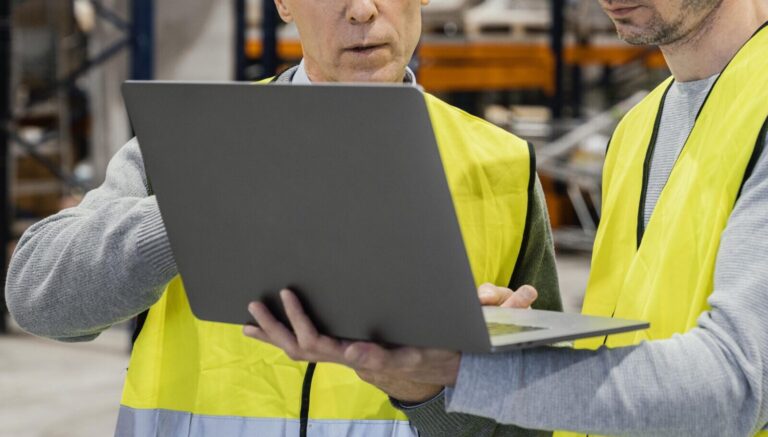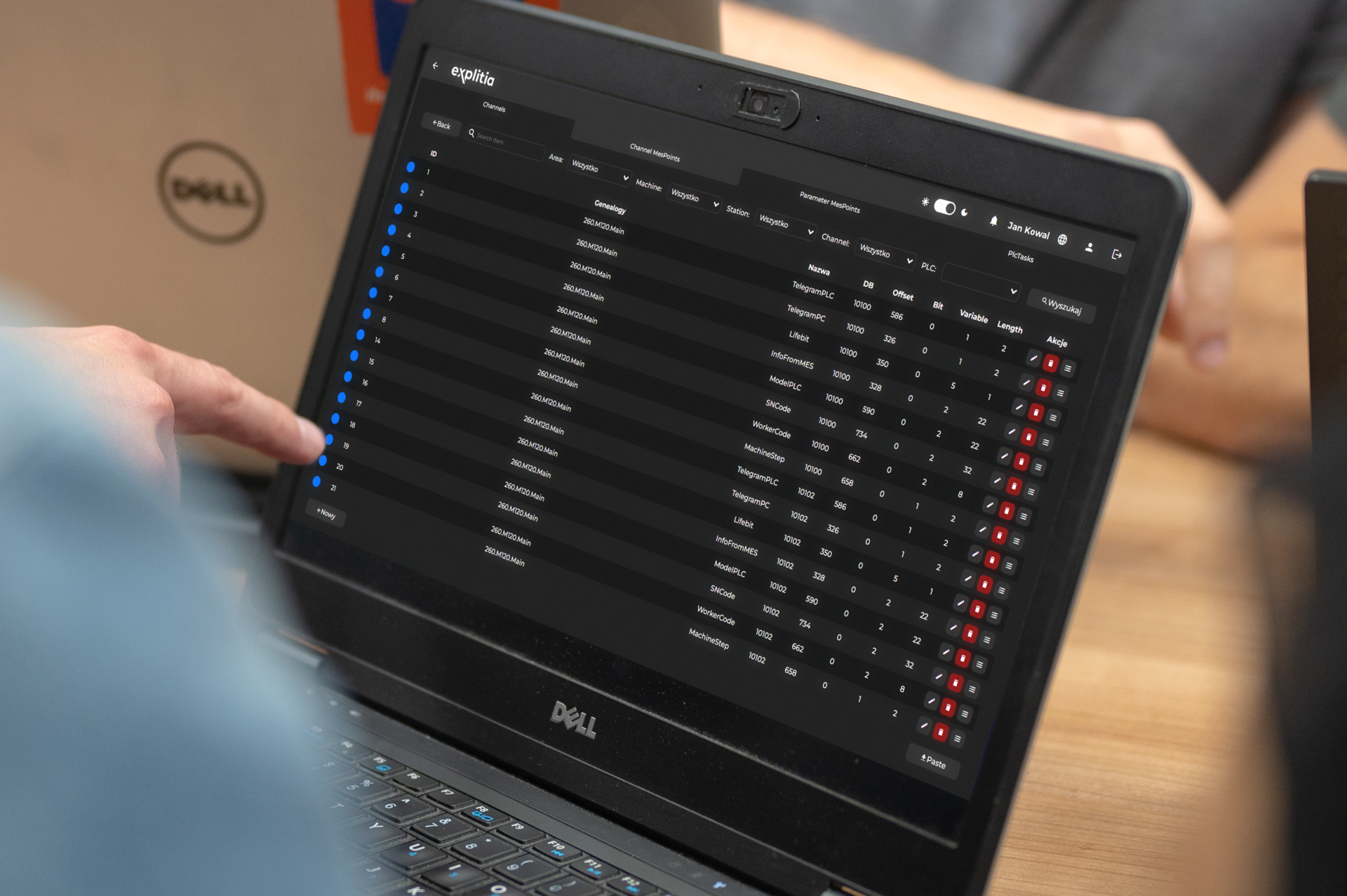We wrote in the first part of the article about the possibilities of the system, motivations for implementation, benefits of product traceability and cooperation with an independent consultant. Feel invited to read the second part of the publication! This article covers the topic of project notebook, key elements of planning MES traceability implementation and the responsibilities of the MES and ERP system – how to keep an eye on data hygiene.
Project notebook – what should be inside?
The requirement notebook is an element of high importance during the design and implementation phase of a system.
Main information that should be included are:
- implementation purpose – how the system will support the enterprise,
- user characteristics – defines difficulties of user groups,
- the scope and the scenario of usage,
- function description – the flow, process description and traceability,
- the network structure and architecture,
- scope of integration with external systems,
- data acquisition sources.
It is worth thinking about a pilot project if the company is at the beginning of conversion to Industry 4.0 and is implementing the first new technology solution. The effects – improvement and spaces for development – will come much faster. Employees will use the system, what allows implementation of change in an iterative manner. Focusing on a pilot project makes the summarization of the implementation quicker, learns lessons and adjusts the next steps in digitizing and automating the production facitilty. In case it turns out that the implemented project did not meet the company’s expectations, it is much better to verify on a small scale, than wait for the implementation and creation of an both expensive and extensive system with numerous functions.
Product traceability – tools
The implementation of appropriate tools is needed to implement traceability in a manufacturing plant. Software can automatically monitor semi finished products and products along the production line recording all the relevant data. On the other hand, the line has to be equipped with specific automatic scanners. Not only the line, but also the items produced on the line has to allow automatic identification. QR codes and RFID tags may become handy to meet that requirements.
Cooperation of MES and ERP systems
The most important thins in any manufacturing company, is the cooperation of systems.Smaller manufacturing plants sourced independent systems to solve their particular challenges, for many years. On the other hand, as the company grows and the number of machines and systems increases, equipment and machines integration becomes more challenging due to administration. It would be best if the ERP system deals with data at the business level and communication with the partners, while the MES covers the production area.
It is crucial that these two systems work together. Integration, exchange and standardization of data and consistent flow of information supports decision-makers in efficient and effective decision-making.
MES and ERP cooperation – task sharing
Simultaneous implementation of both systems may be the best solution, allowing an efficient division of responsibilities between both ERP and MES, where MES is used for operational activities at plant level, whereas ERP consolidates the information and combines it wit other data from eg. sales and marketing, raw materials availability and prices or partners relations.
Boths systems have some common point, thanks to that simultaneous implementation makes it possible to transfer responsibilities from one to another system. It is easy to determine the data connection and the detail of data that is directly accessible in the ERP and the MES system. Data hygiene is also important, so the data is not duplicated. This is related to security and costs – the bigger data amount is the higher maintenance costs. On the other hand, implementing the MES first and the ERP later, or vice versa, documentation during the stage of implementation has to be held well, having in mind that integration with other solutions may happen.
In the case of an MES system, it is worth answering the question: at what level of automation the system is to operate – is it a window between the operator and the ERP system? Or perhaps it is to be a system that is only responsible for data collection from machines, so the data may be available for the ERP system.
Contact us
Do you want to move your production plant to level 4.0? Are you interested in modern solutions for industry in the field of automation and digitisation? Be sure to let us know!
- Do you have questions about product traceability?
- Are you concerned about optimizing production processes, high product quality and safety?
- Are you looking for an independent consultant to support you in selecting and designing a solution that meets your company’s specific needs?
Be sure to let us know. We will be happy to talk and advise you. Be invited to actively follow our blog.


